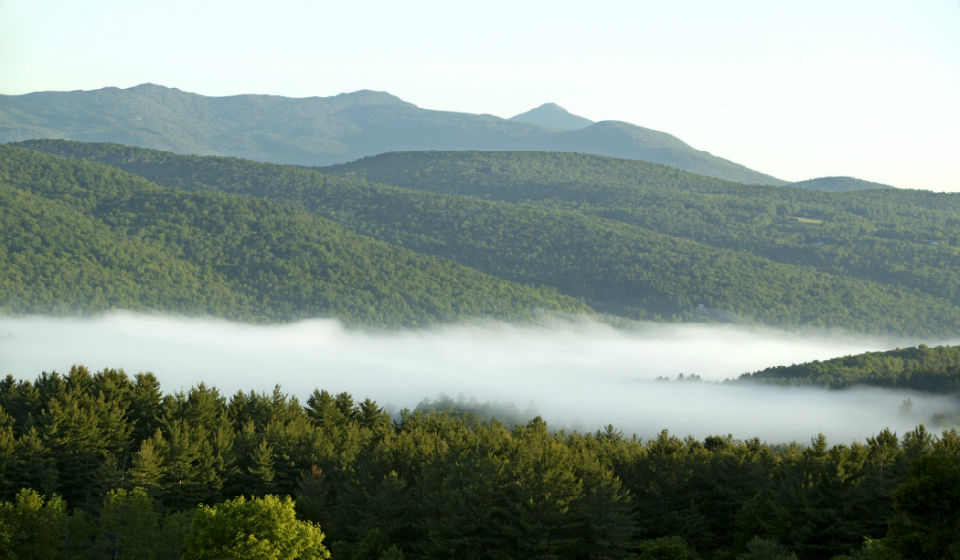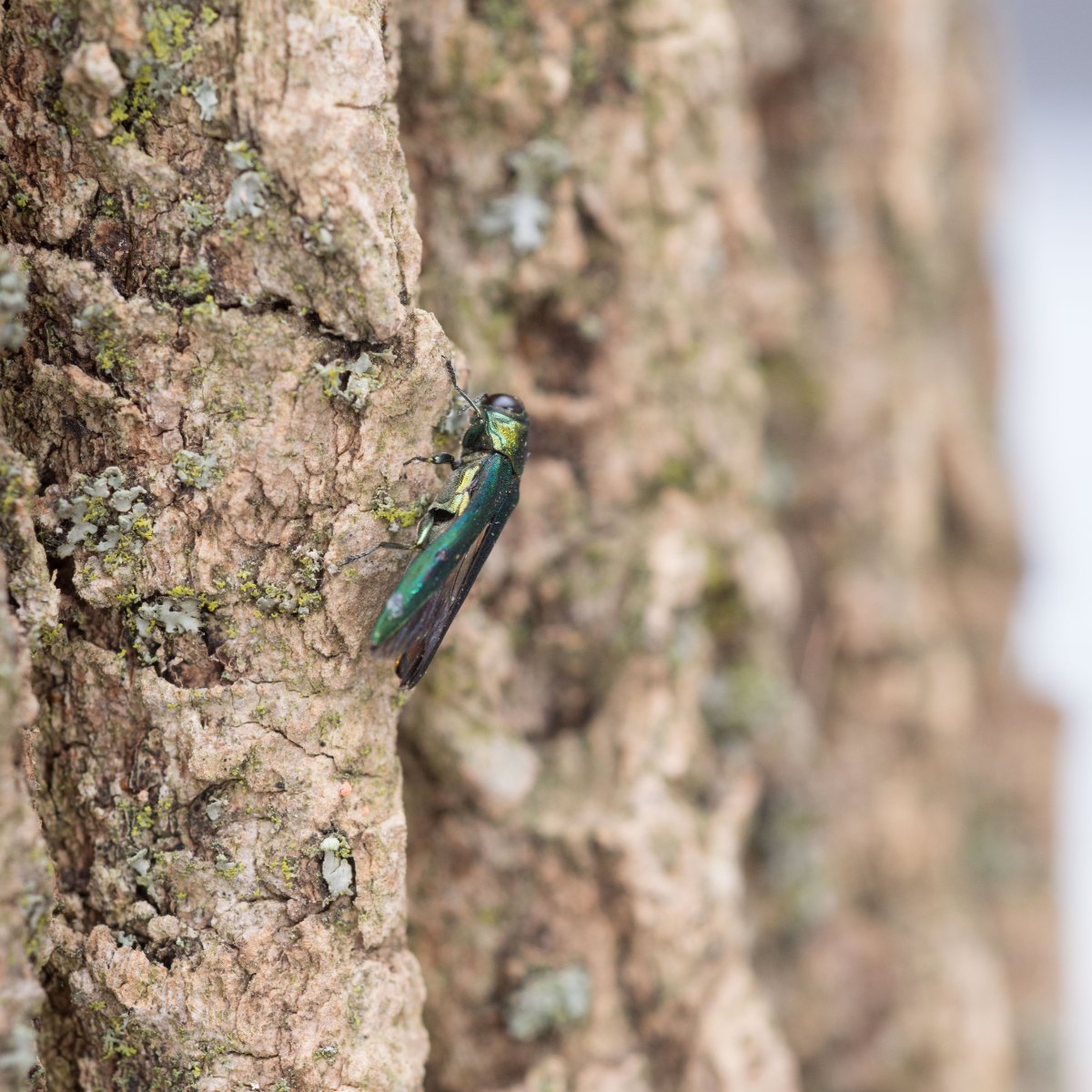10 Recommendations to help you manage Ash in your woods in the face of EAB and Climate Change
Ash is an important part of the forests in the Northeast. If you are lucky to have ash trees in your woods, they bring unique assets. Sadly, ash species are facing attack by the Emerald Ash Borer (EAB), an invasive wood-boring insect that feeds on ash trees. EAB has been present in the U.S. since 2002, but in the last few years it has spread to the Northeast, posing a grave threat to the survival of our ash. All three ash species in the Northeast — white, black, and green ash — are listed as critically endangered by the International Union for Conservation of Nature (IUCN) because of the threat from EAB. Added to this, we are also facing impacts from climate change. But with thoughtful management we can give ash a fighting chance. Often when there is a threat to the forest, the first reaction is to act quickly, but if we learn from past forest outbreaks (like the spread of chestnut blight in the early 1900s) it pays to be careful about what we do so that we don’t lose ash completely. If your woodlot contains ash trees, you will have to weigh the important benefits of ash along with the threats of both EAB and climate change.
Read More here: For Landowners: 10 Recommendations to Help You Manage Ash in Your Woods
Read More here: For Foresters: Ten Recommendations for Managing Ash (with citations)



